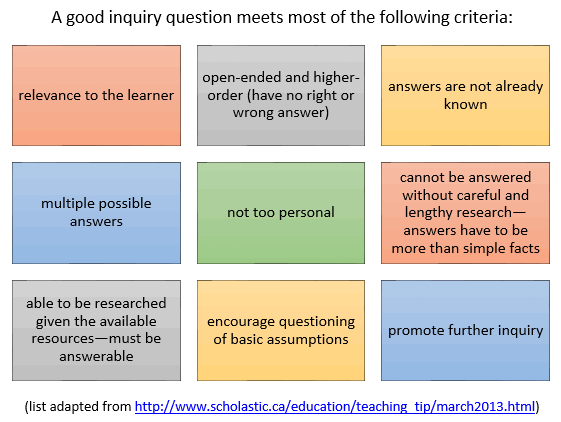CHY4U
World History Since the Fifteenth Century
Unit 2: 1650 - 1789: What's Worth Fighting For?
Activity 1: The Enlightenment
Réunion de dames, Abraham Bosse, 17th century
Source
Imagine a gathering of the wealthy and powerful at a noble’s house in 17th or 18th century Europe. While this gathering called a Salon, shown in the image above, resembles a party, the entertainment is rather unusual. The host, Madame Geoffrin, has invited well-known thinkers to delight the gathering with their wit and intellectual arguments. These thinkers amuse the attendees, but they also challenge the structures that have made the comfortable lives of the audience members possible.
Despite their challenge to the status quo, these thinkers are not punished. Instead, they enjoy celebrity status not only in Paris but throughout Europe; in fact, rulers across the continent are clamouring to have them visit their courts. How did this come to pass? This is the European Age of the Enlightenment, an era defined by the pursuit of reason and justice. Pursuit, however, is not the same as achievement. In this activity, you will learn about some of the key thinkers of the era, including their views on those issues they sought to address.
Your learning will be anchored by the following question: what was worth fighting for? Still, you may find other questions occur to you, such as:
- What impact (if any) did the Enlightenment have on the lower classes?
- How much did the Enlightenment change Europe?
- To what extent did the Enlightenment ideals spread outside of Europe?
- What would these Enlightenment writers think of injustices in our era?
 What’s worth fighting for?
What’s worth fighting for?
What’s worth fighting for in your life today? What does it mean to you to stand up to make change for something or someone? What are the ways you can “fight”? When is it worth fighting for something?
During the Enlightenment (from the mid 1600s to the early 1800s) thinkers from across the continent, but primarily Britain, France, and America, challenged social, religious, and political authority. Many of these thinkers were primarily writers and critics, but some were actually rulers who sought to reform their societies based on Enlightenment principles.
 Enlightenment Thinkers
Enlightenment Thinkers
In the learning object below, choose two of the primary sources from the Enlightenment, and deconstruct them using the Primary Source Questions from unit 1.
The first primary source, an excerpt from the work of John Locke, has been provided as an exemplar. Each subsequent primary source is an excerpt from the work of a writer who contributed in some way to the Enlightenment.

Tip
While there are many ways to track your reading, consider using the following annotations as you read; this should help you focus your responses to the questions.
I = Interesting
? = I have a question about this
! = Important
A = Agree
D = Disagree
C = Connects to prior knowledge
Because the Enlightenment transcended an entire century and several countries, it can be difficult to quantify its impact. Still, its importance is undeniable. The video below features John Merriman, Professor of History at Yale University, explaining 6 consequences of the Enlightenment.
 Your What is Worth Fighting for? Questions
Your What is Worth Fighting for? Questions
What questions do you have about primary sources? What have you learned in this activity?